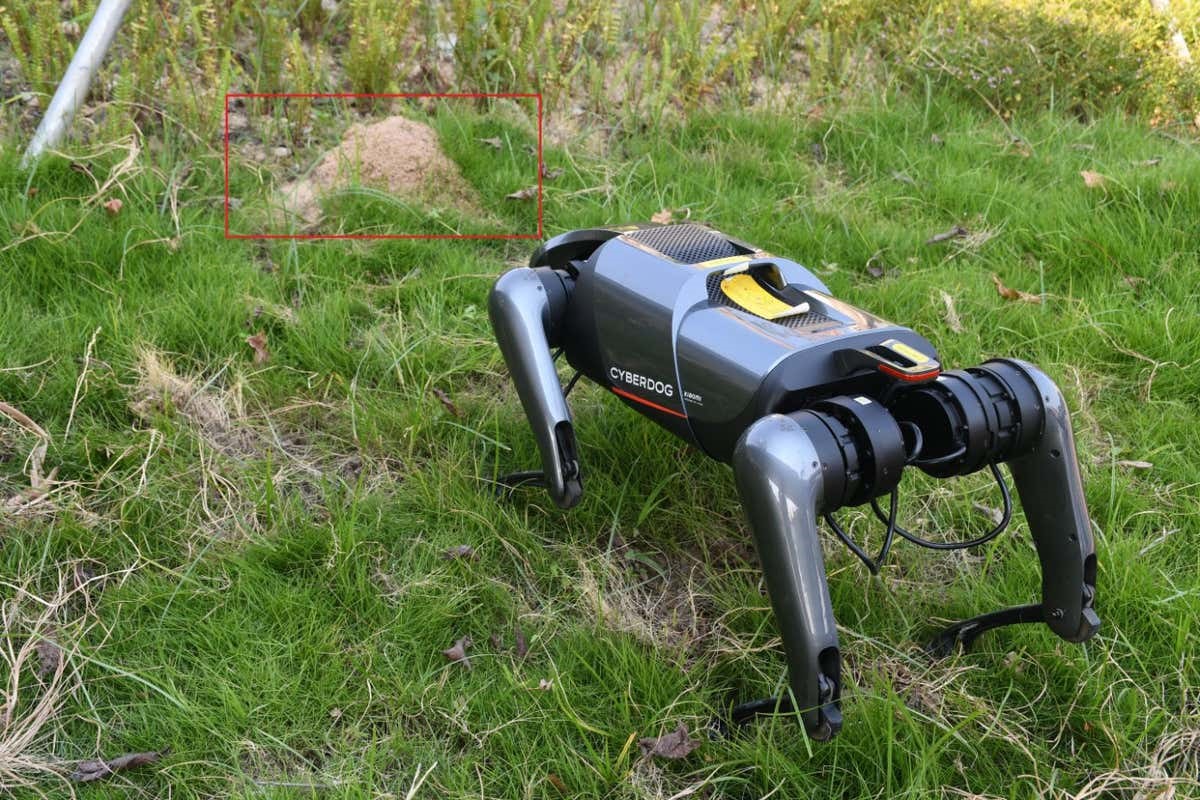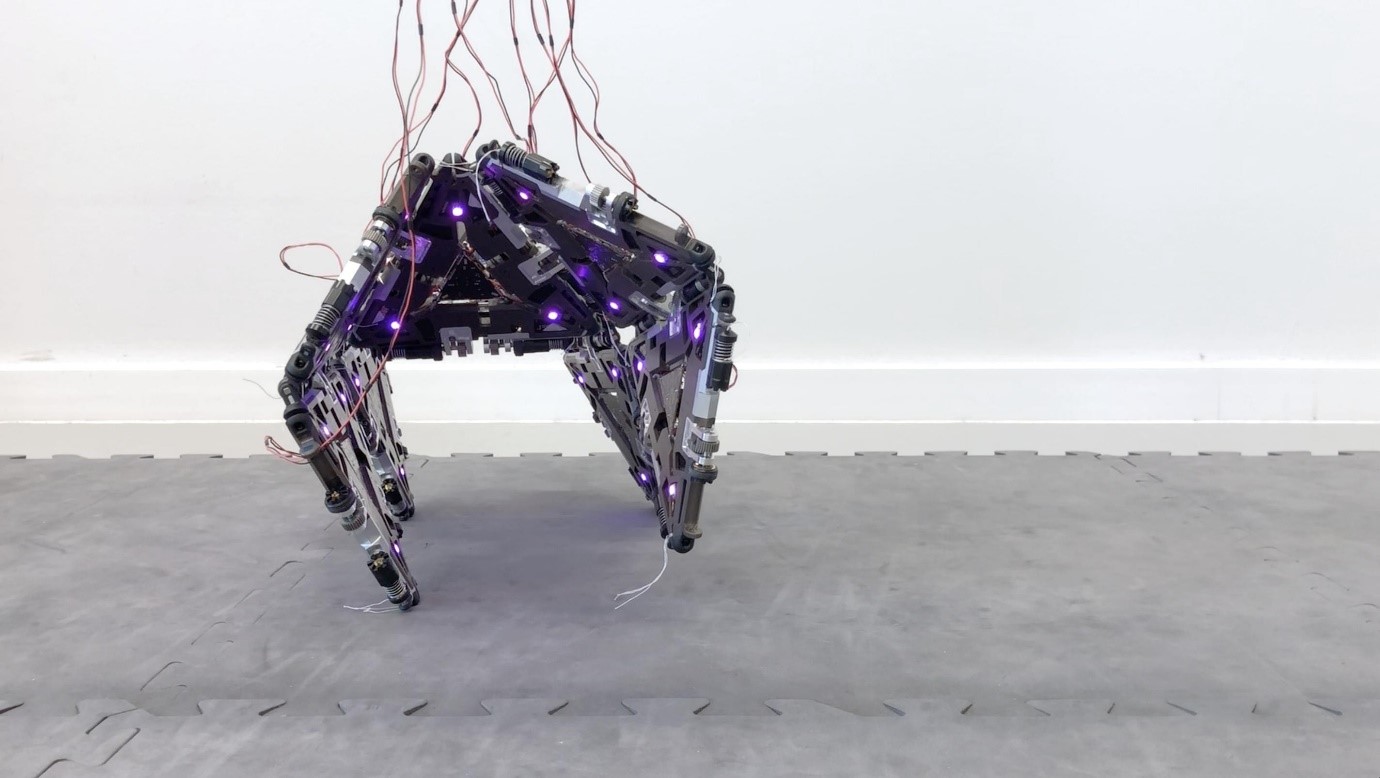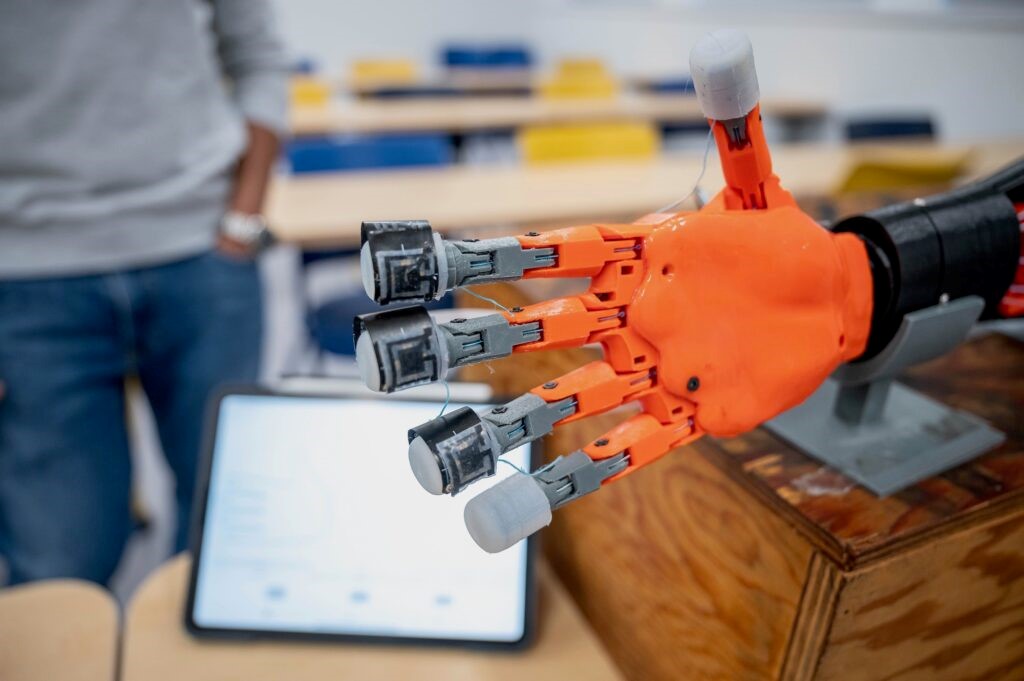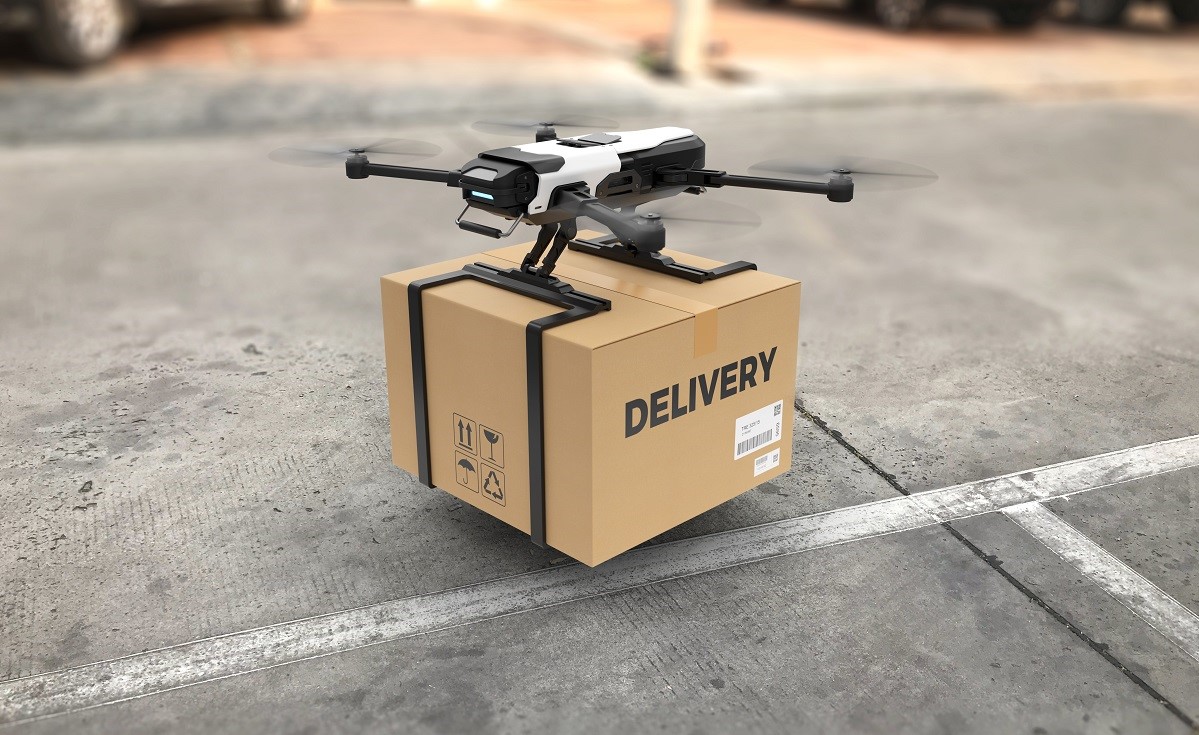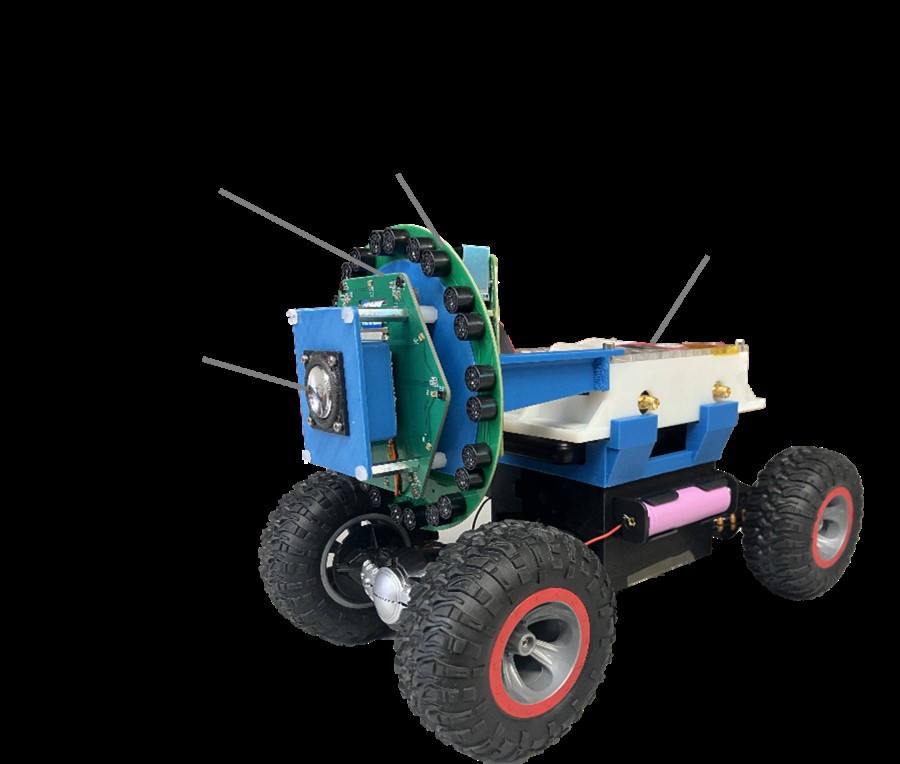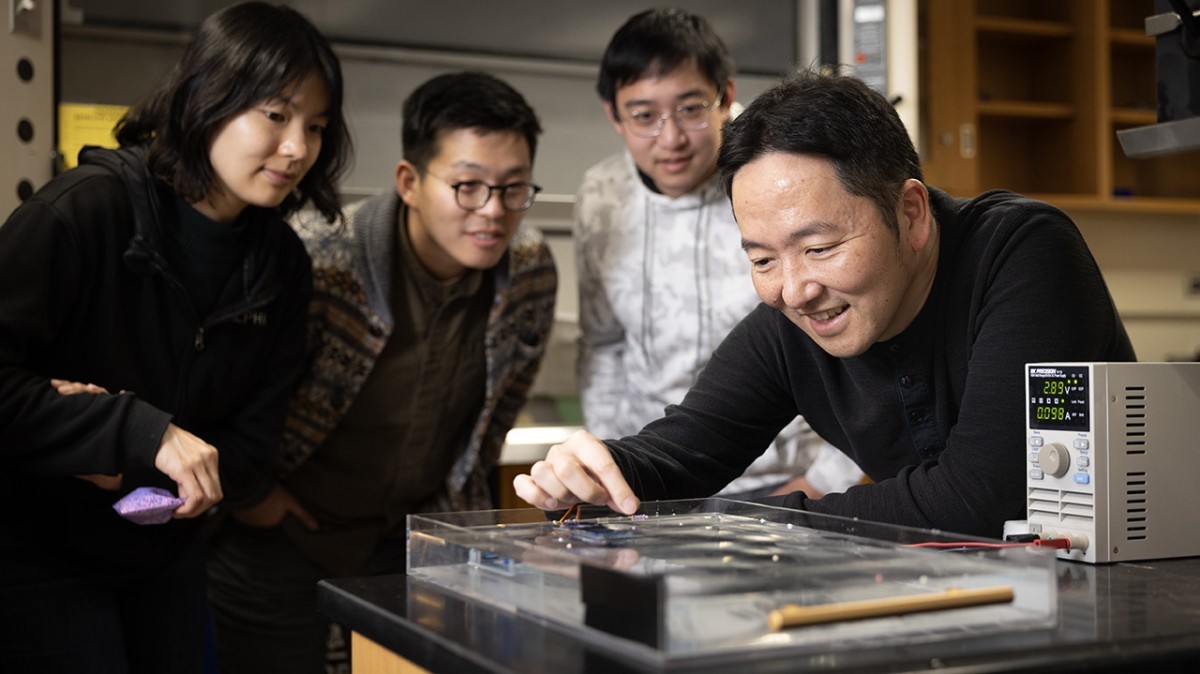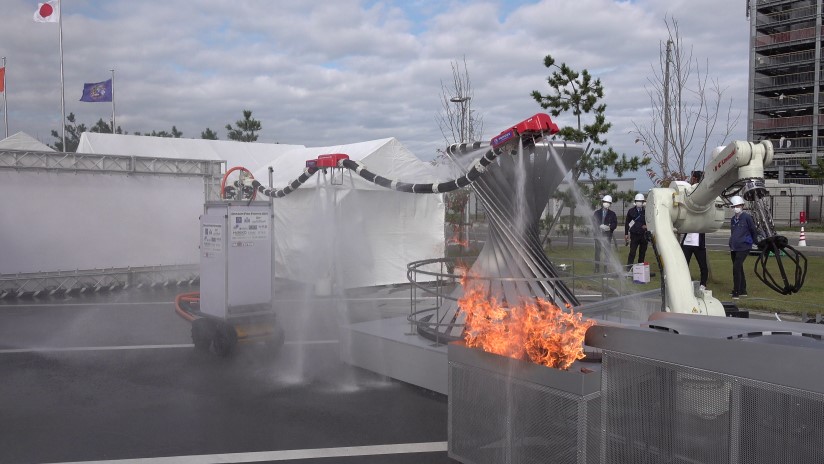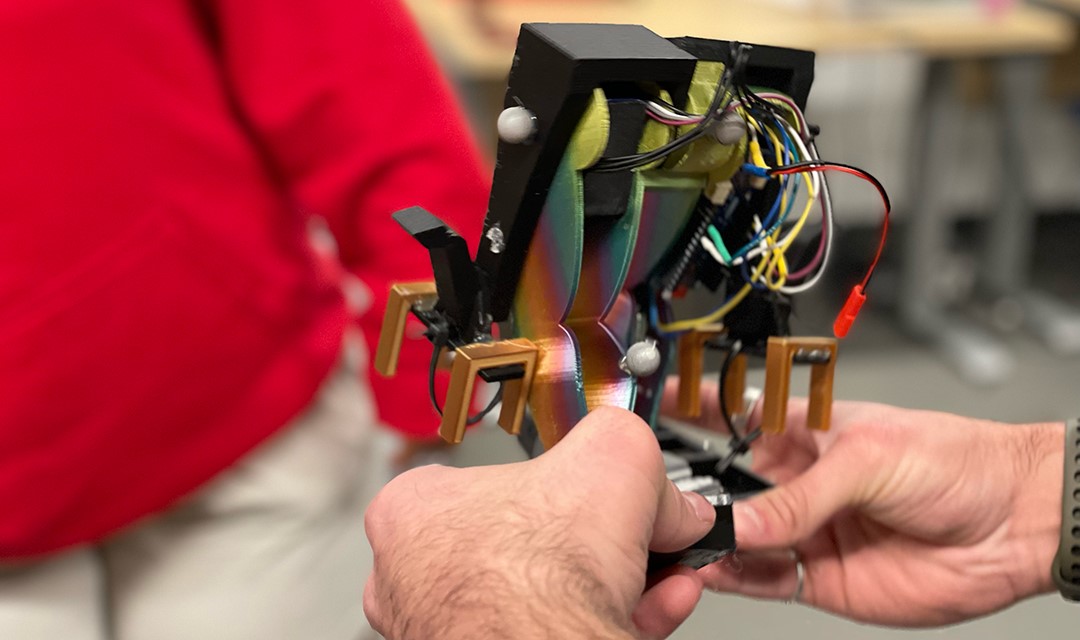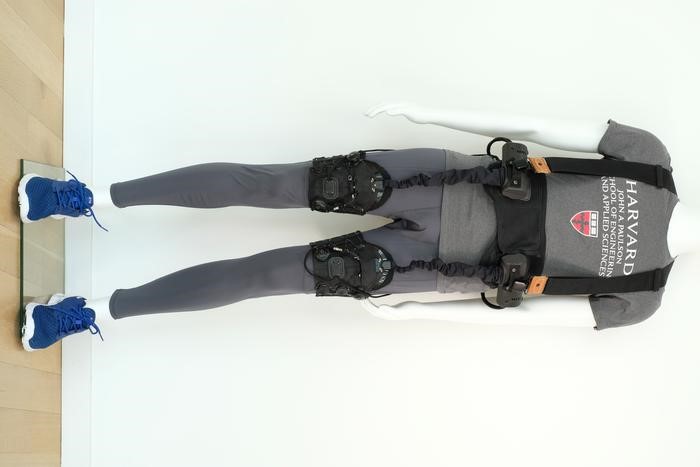Unveiling the Hidden Weaknesses in Soft Robotics: A Closer Look at Conical Shells
Soft robotics, with its squishable and deformable components, has been a fascinating field pushing the boundaries of mechanical tasks. The latest research from the University of Cambridge delves into the load-bearing capacity of conical shells made from soft materials, uncovering potential weaknesses that could impact the performance of morphing cones, a key element in soft robotics.
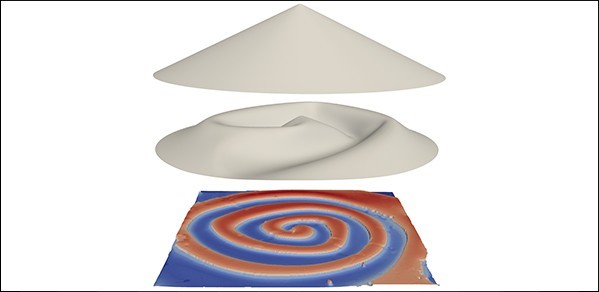
Figure 1. A Closer Look at Conical Shells. (Credit: University of Cambridge)
Figure 1 shows a closer look at conical shells. In this study, the researchers focused on conical liquid crystal elastomer (LCE) shells, a lightweight and shape-morphing material commonly used in soft robotics. Through a combination of theory, numerical simulations, and experiments, they aimed to understand the lifting, loading, and buckling behaviors of these thin, morphing LCE films known for their ability to lift thousands of times their own weight.
The findings, published in the journal Physical Review Letters with a synopsis in Physics Magazine, mark the first-ever calculation of the strength of thin-walled cones. Daniel Duffy, a PhD student in the Department of Engineering at the University of Cambridge and co-author of the study, emphasized the significance of this work for designers of soft robots using shape-morphing cones as powerful actuators.
Duffy explained, "Our work is the first to calculate and understand just how strong a thin-walled cone is. That is, of course, important for designers of soft robots that might utilize shape morphing cones as powerful actuators." However, the research also unveiled a critical weakness in these thin cones. When compressed, they deform predominantly in an outer boundary layer, leading to buckling at much smaller loads than previously predicted.
Taking a broader perspective, the study's insights extend beyond the realm of soft robotics. Duffy highlighted the discovery that free unclamped edges can significantly weaken thin structures, impacting various mechanisms beyond morphing cones. This revelation opens avenues for further exploration into the underlying principles that may have implications for structures unrelated to soft robotics.
As the field of soft robotics continues to evolve, this research not only contributes to the design and improvement of shape-morphing cones but also sheds light on fundamental principles that could shape the future of soft, deformable structures in robotics and beyond.
Source: University of Cambridge
Cite this article:
Hana M (2023), Unveiling the Hidden Weaknesses in Soft Robotics: A Closer Look at Conical Shells, AnaTechMaz, pp. 7


